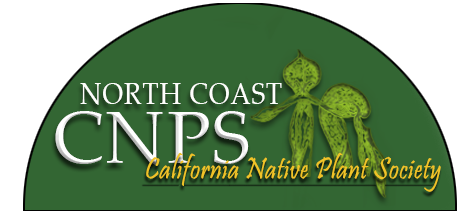July 6, 2024
To: the many users of the Horse Mountain Botanical Area
The Six Rivers National Forest (SRNF) is requesting public comment on its management of the area known as Horse Mountain Botanical Area. (See Horse Mountain document in pdf format here.) They are requesting comments because for over 25 years the area has been subject to a use conflict: unmanaged, recreational target shooting occurs to the detriment of the unique serpentine vegetation intended to be protected in this Special Interest Area (SIA) and endangers those who visit the specific and surrounding areas for other uses. SRNF asks for your ideas on how to make this area safer for users, cleaner, and preserve the unique botanical features, all while supporting the multiple uses that occur there.
It is important you consider the content of the Dingell Act, specifically in reference to recreational target shooting. (See relevant portion of Dingell Act in pdf format here.) SRNF is bound by these rules. The Dingell Act prescribes specific protections for recreational target shooting on public lands UNLESS (Section 4103) the area is closed to this activity for reasons of public safety. If you would like to have the Horse Mountain Botanical Area managed in an environmentally responsible manner, be safer for all visiors who use the area, or have the area closed to unmanaged target shooting entirely, it is important that you reference this section of the Dingell Act, and include your concerns about public safety. We can support SRNF in finding an appropriate site outside the Botanical Area for target shooting.
This public comment period is limited to 30 days, so please send your input on this matter before July 30, 2024.
Please send your input to:
Six Rivers National Forest:
Justin Spedding
1330 Bayshore Way
Eureka, CA 95501
You many also submit your comments electronically at:
https://cara.fs2c.usda.gov/Public/CommentInput?project=NP-4224
Thank you for being an engaged public, helping the Forest Service manage our public lands.
Carol Ralph Joann Kerns
President Conservation Analyst
North Coast Chapter
California Native Plant Society
